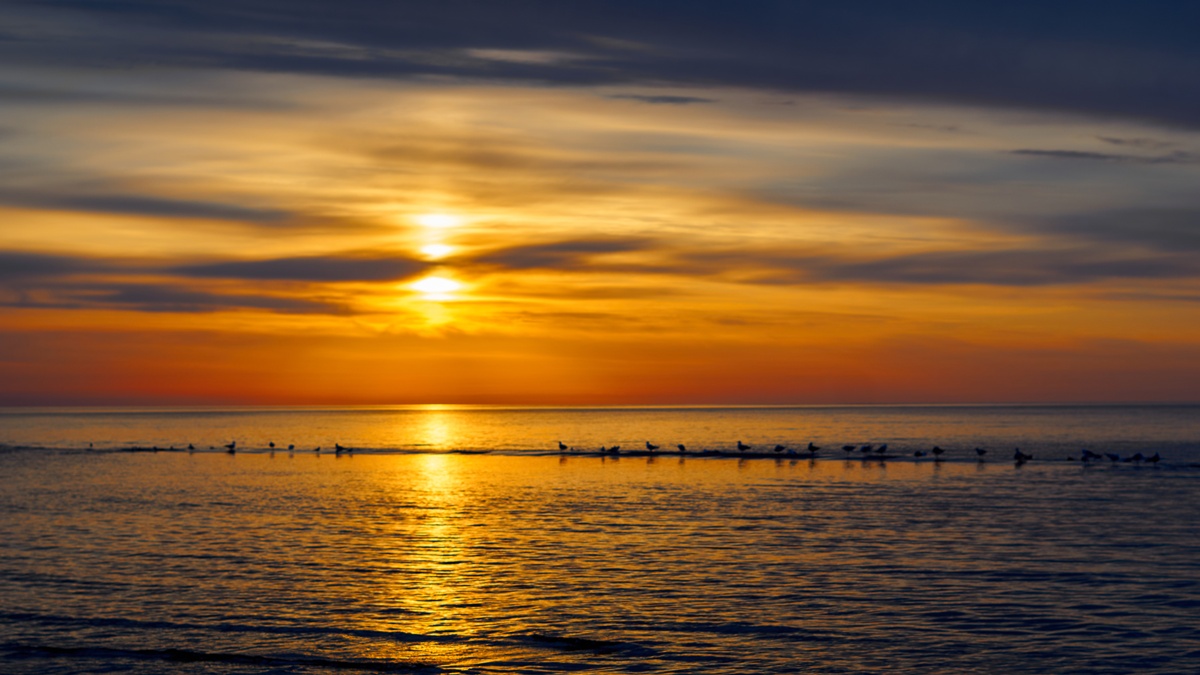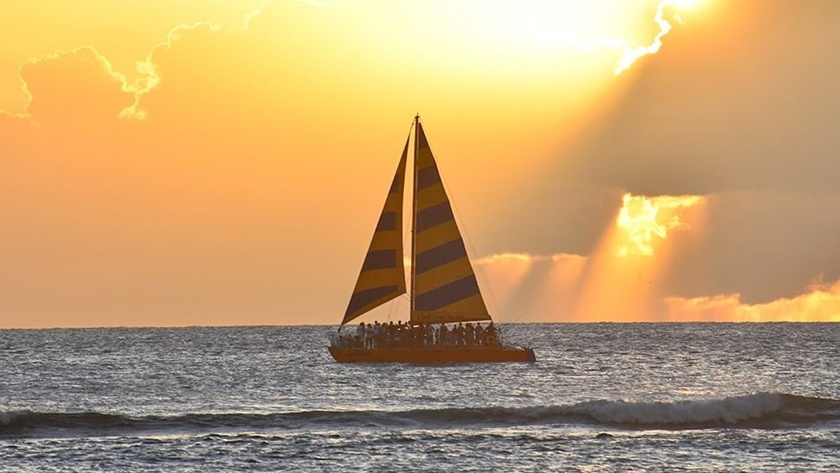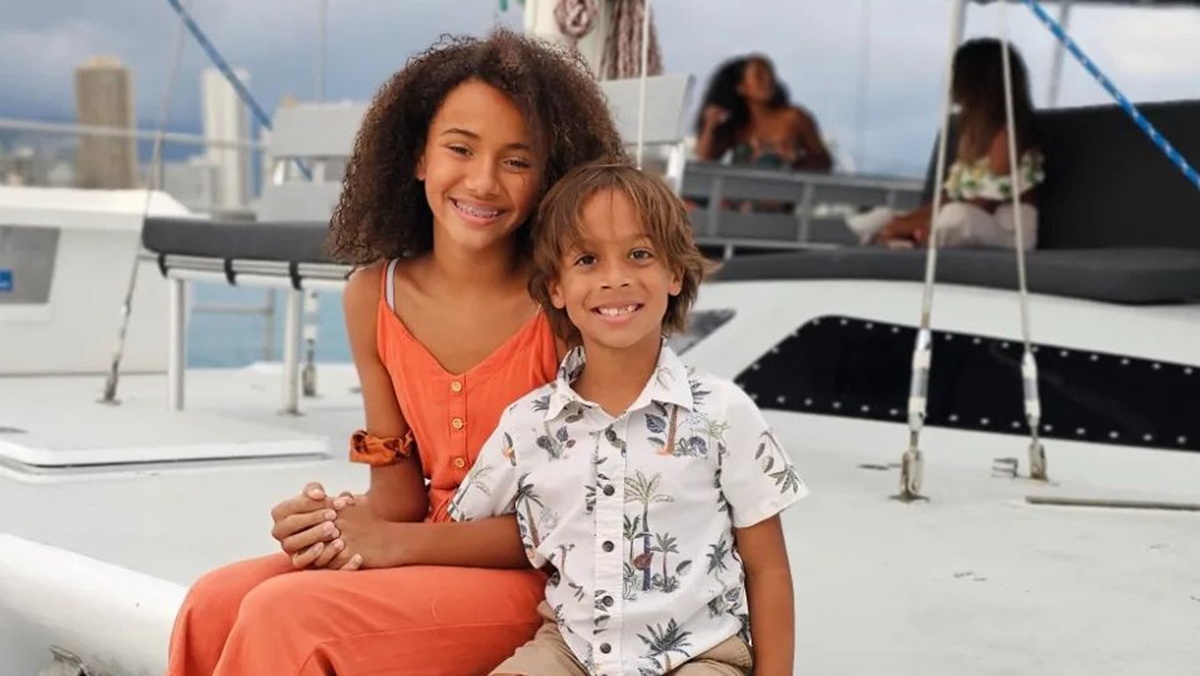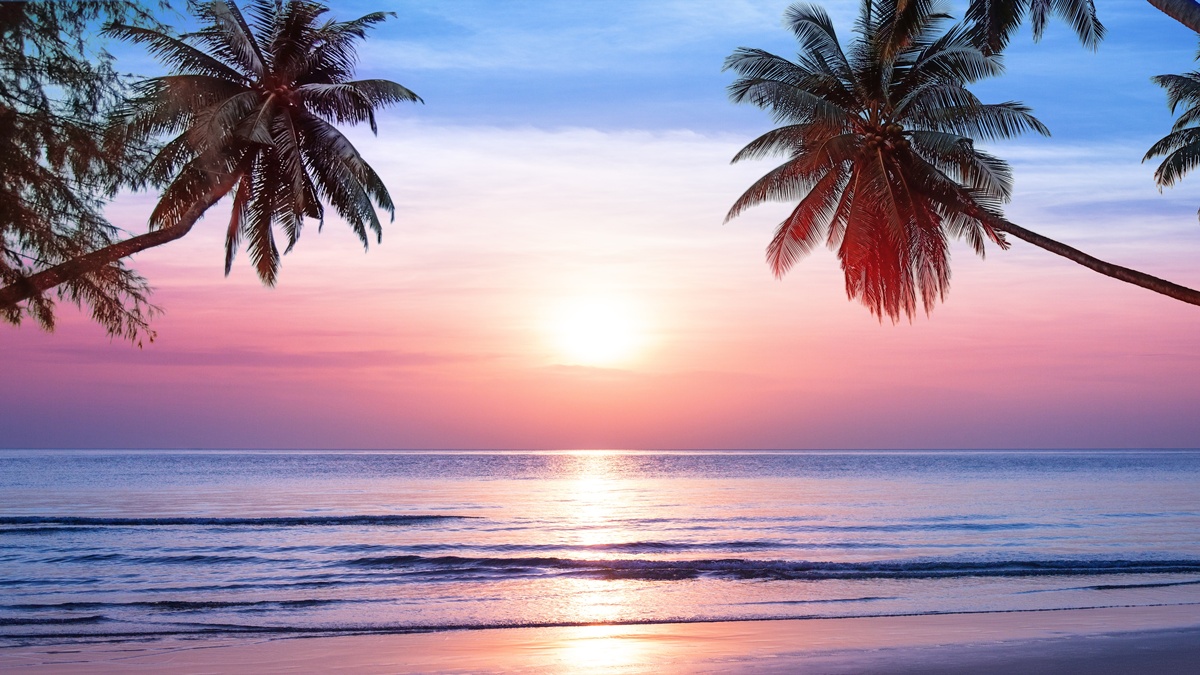Hawaii’s ocean ecosystem is a vibrant tapestry of life, deeply intertwined with the islands’ geography, culture, and economy. Understanding this complex marine environment is essential for appreciating its uniqueness and the challenges it faces.
Geographical Context
The Hawaiian Archipelago, situated in the central Pacific Ocean, comprises 137 islands extending over 1,500 miles. This isolation has fostered the evolution of numerous endemic marine species, making Hawaii’s ocean ecosystem exceptionally unique. The surrounding Pacific Ocean influences the islands’ climate and has been pivotal in shaping the diverse marine habitats found here.
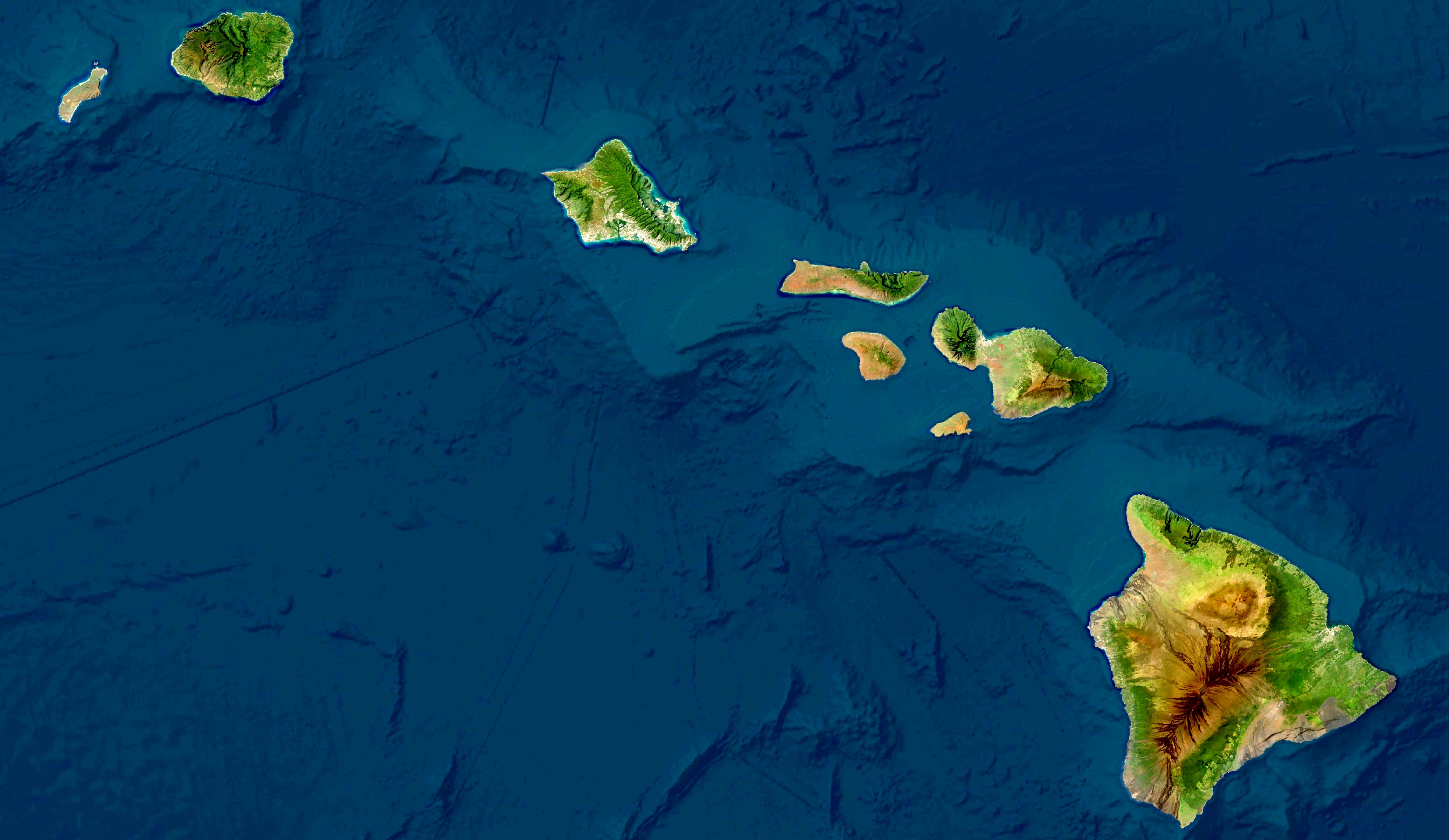
Key Marine Ecosystems in Hawaii
Coral Reefs
Often termed the “rainforests of the sea,” Hawaii’s coral reefs are foundational to marine biodiversity. They provide habitat, food, and breeding grounds for a myriad of marine organisms. Beyond their ecological role, these reefs are vital to local fisheries and protect coastal areas from erosion and storm surges.
Coastal and Nearshore Habitats
Encompassing tide pools, estuaries, and mangroves, these areas serve as nurseries for many marine species. They also act as natural buffers, safeguarding shorelines from erosion and supporting traditional fishing practices integral to Hawaiian culture.
Open Ocean and Deep-Sea
Extending beyond the nearshore areas, the pelagic zones and deep-sea regions are home to large migratory species such as tunas, sharks, and whales. These vast expanses play a crucial role in global oceanic processes and are integral to Hawaii’s fishing industry.
Unique Marine Species of Hawaii
Endemic Species
Hawaii’s isolation has led to the development of species found nowhere else on Earth. For instance, the Hawaiian monk seal (Neomonachus schauinslandi) is one of the world’s most endangered marine mammals, relying exclusively on Hawaiian waters for survival.
Culturally Significant Marine Life
Marine species like the green sea turtle (honu) and various fish species hold profound cultural significance in Hawaiian traditions and mythology. These creatures are often featured in local folklore, symbolizing various aspects of life and the environment.

Endangered Marine Species in Hawaii
Hawaii’s marine ecosystems are home to several endangered species facing significant threats. The Hawaiian monk seal (Neomonachus schauinslandi), one of the world’s most endangered marine mammals, has a population of about 1,400 individuals. Similarly, the hawksbill turtle (Eretmochelys imbricata), the rarest sea turtle in the Pacific Ocean, has fewer than 80 nesting individuals in the Hawaiian Islands. Additionally, the Main Hawaiian Islands insular false killer whale (Pseudorca crassidens) and the sperm whale (Physeter macrocephalus) are also listed as endangered and protected under the Endangered Species Act. Conservation efforts are crucial to protect these species and preserve Hawaii’s unique marine biodiversity.
Threats to Hawaii’s Ocean Ecosystem
Climate Change Impacts:
Rising ocean temperatures and acidification pose significant threats to coral reefs, leading to bleaching events that compromise reef health and resilience. These changes disrupt marine food webs and impact species distributions.
Overfishing and Unsustainable Practices:
Unsustainable fishing practices have led to the depletion of key fish populations, disrupting ecological balances and affecting the livelihoods of local communities dependent on fishing.
Pollution and Invasive Species:
Land-based pollution, including agricultural runoff and plastic waste, degrades water quality and harms marine life. Additionally, the introduction of non-native species can outcompete native organisms, leading to declines in indigenous populations.
Conservation and Management Efforts
Marine Protected Areas (MPAs)
Hawaii has established several MPAs, such as the Papahānaumokuākea Marine National Monument, to conserve marine biodiversity and cultural resources. These protected areas restrict certain activities to allow ecosystems to recover and thrive.
Community-Based Resource Management
Local initiatives, like the establishment of Marine Life Conservation Districts, empower communities to manage and protect their coastal resources, blending traditional knowledge with modern conservation strategies.
Research and Monitoring Programs
Programs such as the Hawaii Coral Reef Assessment and Monitoring Program (CRAMP) provide critical data on reef health, informing management decisions and conservation priorities.
The Role of Traditional Hawaiian Knowledge
Integrating indigenous practices, such as the ahupua’a system—a traditional land and resource management approach—into contemporary conservation efforts has proven effective. This system emphasizes the interconnectedness of land and sea, promoting sustainable resource use from the mountains to the ocean.

Hawaii’s ocean ecosystem is a precious and intricate system that supports unparalleled biodiversity and holds immense cultural value. Addressing the challenges it faces requires a collaborative approach, combining scientific research, community engagement, and the wisdom of traditional practices to ensure its preservation for future generations.

